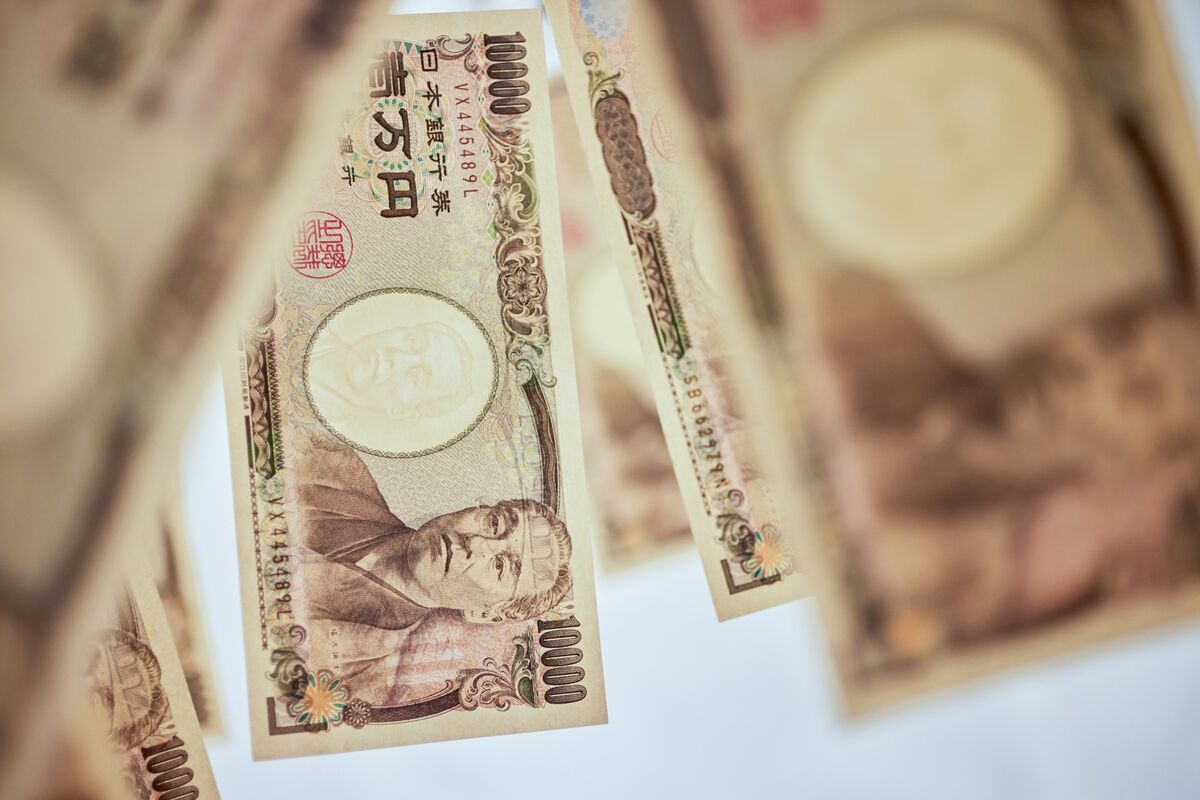
Limited Volatility of Asian Currencies Amid Fears of Donald Trump’s Trade Tariffs
On Monday, Asian currencies mainly fluctuated within a narrow range as persistent fears of potential increases in trade tariffs under U.S. President Donald Trump led to reduced risk appetite among investors. These concerns resulted in limited volatility for most Asian currencies against the U.S. dollar, although some currencies, such as the Japanese yen, strengthened due to safe-haven demand. Meanwhile, the Chinese yuan saw slight growth thanks to positive Purchasing Managers’ Index (PMI) data.
Currency Growth of Asian Currencies
Japanese Yen
The USD/JPY pair experienced a 0.5% decline on Monday, reaching 148.73 yen. This strengthening was mainly due to demand for the yen as a safe haven amid global volatility. Investors, in particular, sought to reduce economic risks and looked for safer assets like the yen. Additionally, speculation about a potential interest rate hike by the Bank of Japan (BOJ) also supported the yen. Hawkish signals from BOJ officials, along with recently released positive inflation data, fueled expectations of a rate hike later this year, further supporting the yen.
Chinese Yuan
The Chinese yuan strengthened slightly against the U.S. dollar, with the USD/CNY pair decreasing by 0.1%. This boost came from optimism about China’s positive economic data, which indicated growth in both the manufacturing and non-manufacturing sectors. Recent PMI reports for March unexpectedly surpassed expectations, reinforcing hopes for ongoing economic recovery in China. The data suggests that economic stimulus measures, especially in the manufacturing and infrastructure sectors, are beginning to bear fruit and could lead to further growth in the coming months.
Decline in the U.S. Dollar and Other Asian Currencies
U.S. Dollar
Despite a positive report on the Personal Consumption Expenditures (PCE) inflation index on Friday, the U.S. dollar showed limited strength. This was primarily due to investor concerns about the negative impacts of trade tariffs on the U.S. economy. While the U.S. economy remains relatively strong, worries about higher tariffs and their effect on production and exports caused the Dollar Index to decrease by 0.2% during Asian trading hours. Futures contracts for the dollar also declined during this period.
Australian Dollar (AUD/USD)
The Australian dollar experienced a 0.2% decline against the U.S. dollar. This decline was driven by expectations surrounding the Reserve Bank of Australia’s (RBA) meeting on Tuesday. Predictions suggest the RBA will likely keep interest rates unchanged but may adopt a more cautious and less hawkish outlook on monetary policy, given signs of cooling in the Australian economy.
South Korean Won (USD/KRW)
The South Korean won strengthened slightly against the U.S. dollar, with the USD/KRW pair rising by 0.1%. This strengthening came amid better-than-expected economic data, including industrial production for February. However, concerns about global trade and its impact on South Korea’s export sector continue to influence the won’s movement.
Analysts and Economic Concerns on Asian Currencies
Analysts from the Wall Street Journal reported that Donald Trump is considering imposing larger and more extensive tariffs on the U.S.’s major trade partners and will announce new tariff details on April 2. This news heightened concerns among investors, and the negative impacts on the global economy, particularly in Asia, were felt. Additionally, fears of a potential U.S. recession persist. Goldman Sachs analysts have predicted a 35% chance of economic slowdown in the next 12 months, which could impact global markets.
Impact on Markets and Economic Policies
Positive Aspects on Asian Currencies
- The strengthening of the Japanese yen, especially amid global uncertainty, signals investor confidence in it as a safe haven.
- Positive PMI data from China and the strengthening of the yuan indicate signs of economic recovery in China, which could support long-term growth in the country.
Weaknesses and Concerns:
- The increase in trade tariffs and the ambiguity of Trump’s trade policies may exert significant pressure on Asian economies, particularly affecting exports and production.
- The decline in the U.S. dollar reflects concerns about the impact of trade tariffs on the U.S. economy, which could lead to further depreciation of the dollar in the future.
Conclusion
The limited volatility in Asian currencies reflects serious concerns about the potential impact of higher trade tariffs and their effects on the global economy. While the strengthening of the yen and yuan may indicate positive economic changes in certain countries, ongoing trade concerns and Trump’s threats continue to cast a shadow over market conditions. Investors should carefully monitor global trade trends and economic decisions in the U.S. and China to mitigate potential risks and make informed decisions.
Share
Hot topics

ECN vs Standard Account: Which Is Better
If you have put in any time learning to trade Forex, you will find yourself faced with some kind of decision on what account type to pick. Although this may...
Read more




Submit comment
Your email address will not be published. Required fields are marked *